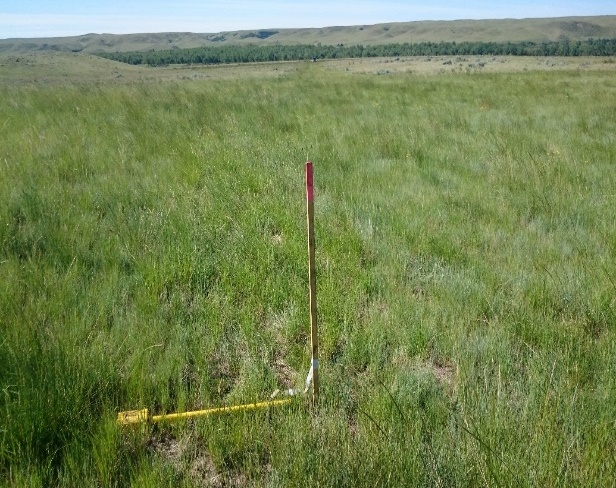Project aims to put innovation to work on more ranches
Pilot program shows that with a little help, ranchers can easily put new ideas and technology to work
Alberta Farm Express – Full Article

Morrie Goetjen was always bothered by one of the springs on his land and considered the muddy patch it made an eyesore.
But he didn’t really know what to do with it until he was invited to participate in a pilot program that offered eight ranchers a chance to implement technology that would improve their operations. Some worked with drones, some tried out financial management software, but Goetjen knew he wanted to develop the springs on his land, and chose to do that from a list of about 20 options.
“There were two springs in particular that I wanted to develop,” said the Cremona-area rancher, who is a former director of the Foothills Forage and Grazing Association.
“The spring was really high, on top of a hill, and the drop to the bottom of the hill was 100 feet. I hadn’t taken advantage of it at all.
“For many years, I’d been talking about what I should do, and I went on tours and field days, and I saw what other guys were doing with springs.”
Then along came the Rancher Researcher Pilot, which offered participants some funding to access expertise and cover part of the costs for adopting a new-to-the-ranch innovation or technology.
What Goetjen did was pretty simple — some piping and poly watering troughs being the main elements.
“There’s not an awful lot of technology involved in what we did. It’s a fairly basic system and it’s relatively inexpensive to do,” he said.
Goetjen found a local fellow who had developed a few springs, and contracted him.
“He did a fabulous job at a reasonable price,” he said.
One of Goetjen’s springs now runs at over five gallons a minute, while the other runs at three gallons a minute. Goetjen currently waters 100 pairs and 125 cows in the wintertime on his springs.
“Primarily, they were really inexpensive to install and basically maintenance free, except I will have to replace the tank eventually,” he said.
The second spring was a puddle on the side of a hill. Goetjen and his contractor dug down about eight feet until they found enough water flow to develop a watering system.
“The potential for that one is better than the other one because it can serve more pastures,” he said. “My next goal is to get my guy back and to trench — probably as much as a quarter-mile — into two paddocks, maybe even a third. It’s high enough, and the slope is perfect to run a water line.”
Since he came in under budget on the project, he was able to develop a third spring on the neighbour’s side of the road that didn’t require much excavating and run water into a big tank. Goetjen, a longtime advocate of rotational grazing, said he was pleased with both the results and the process. The major hoop to go through was to show that the new watering sources would allow him to add more cows to his operation, and hence boost his bottom line.
“For me, I knew what I definitely wanted to get done,” he said. “I just didn’t know the cost or how to stretch the dollars, but it turns out I stretched them pretty good.”
The project was first proposed by the Alberta Beef Forage and Grazing Centre, and was further developed by federal and provincial ag officials and Alberta Beef Producers.
“One of the objectives was to improve the process of information flow from scientists to the ranchers,” said Chinook Applied Research Association manager Dianne Westerlund, who served as the liaison for eight applied forage and research associations (which each found a participating rancher for the first pilot).
“It was an opportunity for them to take a couple of the technologies and apply them to their situation and provide some feedback to the scientists.”
The second round of the project will begin this year (with 20 participants already chosen by 10 applied forage and research associations), and results will be monitored until 2022. In the expansion project, ranchers receive $2,000 to go towards their innovation, which must be matched with their own funds or in-kind contributions.
The second pilot will have a more focused list of innovations, but participants will still choose one they think will have a significant impact on their operation. They will also be given a list of contacts, including scientists and other ranchers who are knowledgeable about the innovation that they’ve chosen.
The whole process is designed to get ranchers more engaged in adopting technology — and monitoring what sort of difference it makes, said Westerlund.
“We wanted to see the economic benefit, and there’s benefits that aren’t measured by dollars as well,” she said.

